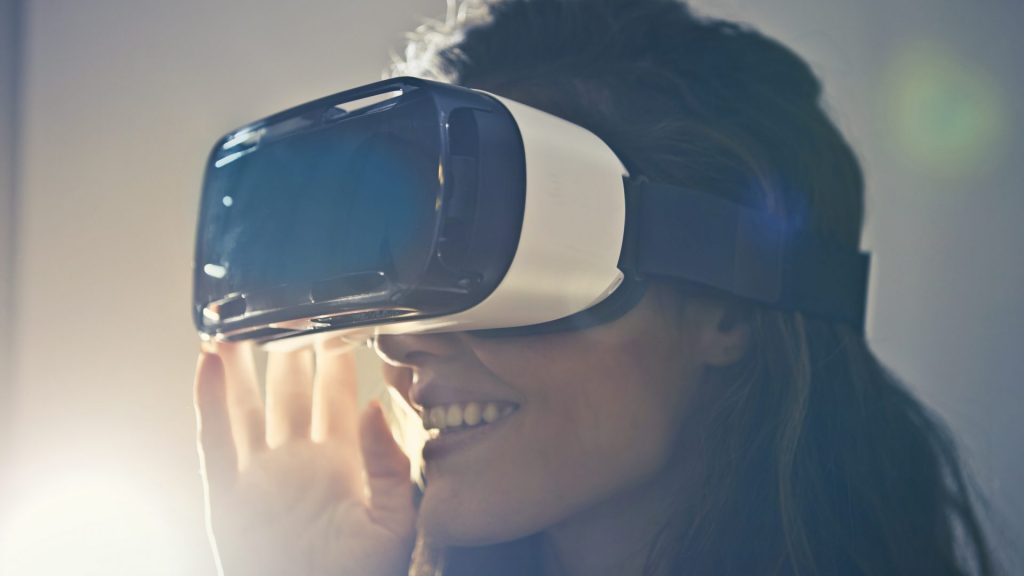BLOG
Pros and cons of virtual reality in education

One of the most popular trends in the development of virtual and augmented reality is education. There are many different options for the application of modern technologies in this area – starting from simple school tours of ancient Egypt in geography lessons to training specialists to work on the superhigh-speed train or on the space station.
The use of virtual reality opens up many new opportunities for learning and education. It helps when things are too complicated, time-consuming or expensive while using traditional approaches. There are five main advantages of using AR / VR technologies in education.
Visibility. Using 3D graphics, chemical processes can be shown in detail down to the atomic level. Moreover, nothing prohibits going deeper even further and showing how inside the atom itself nuclear fission occurs before a nuclear explosion. Virtual reality can not only provide information about the phenomenon itself, but also demonstrate it with any degree of detail.
Safety. Heart surgery, control of the superhigh-speed train, space shuttle, safety in case of fire – you can load the audience under any circumstances without the slightest threat to life.
Involvement. Virtual reality allows you to change scenarios, influence the course of an experiment, or solve a math problem in a playful and easy-to-understand form. During the virtual lesson, you can see the world of the past through the eyes of a historical character, go on a journey through the human body in a microcapsule, or choose the right course for the ship of Magellan.
Focusing. The virtual world, which surrounds the viewer from all sides and at all 360 degrees, will allow you to concentrate entirely on the material and not be distracted by external stimuli.
Virtual lessons. The first-person view and the feeling of being present in the painted world is one of the main features of virtual reality. This allows you to conduct lessons entirely in virtual reality.
Cons of using VR in education
However, as long as the use of technology and the devices themselves will not be maximized, there will be disadvantages and potential problems of using virtual reality in education.
Volume.Any discipline is quite voluminous, and that requires large resources to create content on each topic of the lesson – in the form of a full course or tens and even hundreds of small applications. Companies that will create such materials should be ready to develop for quite a long time without the possibility of recouping it before the release of full sets of lessons.
Cost.In the case of distance learning, the user must purchase a virtual reality device by himself, or this device may be his phone. But educational institutions will need to purchase sets of equipment for classes in which classes will be carried out, which also requires significant investments.
Functionality.Virtual reality, like any other technology, requires the use of its own, specific language. It is important to find the right tools to make the content visual and envolving. Unfortunately, many attempts to create educational VR-applications do not use all the possibilities of virtual reality and, as a result, do not fulfill their function.
